Ford presented the Econoline van for the 1961 version year, and also its combination of small size and huge lots capacity (many thanks to a layout that placed the engine in a “doghouse” in between the pole positions as well as the vehicle driver before the front axle) made it a sales hit. GM and Chrysler replicated the Econoline’s layout within a few years (with the ChevyVan and also A-100), and American roadways of the 1960s buzzed with small-but-sturdy forward-control Detroit vans. Those vans got the job done, however the mid-engined layout proved a transformative stumbling block and Ford relocated the engine ahead and also embraced the F-Series pick-up’s front suspension for the Econoline’s 1969 version year. Today’s Junkyard Gem is just one of those second-generation Econolines, located in a Denver-area self-service lawn.
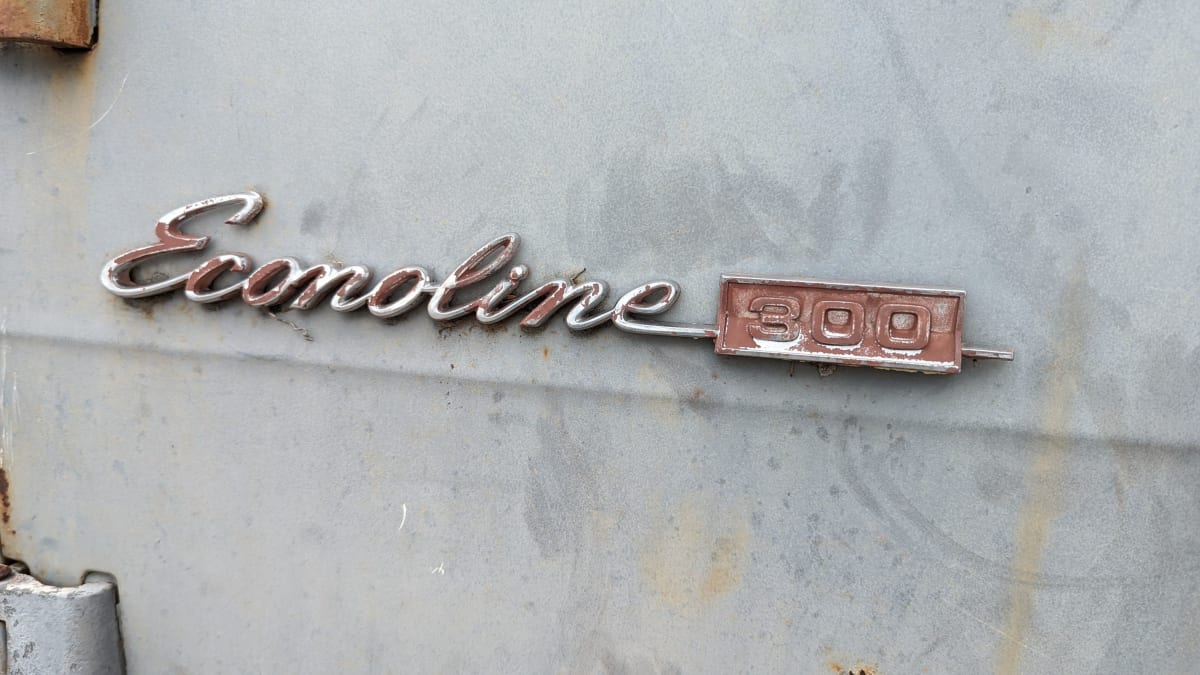
The guest variation of the Econoline was known as the Club Wagon for most of its life, but the Econoline name proved so memorable that a lot of us apply it as the common name for all E-Series Ford vans of the 20th century. In 1971, the Econoline was available in half-ton, three-quarter-ton, as well as one-ton variations, with either 105.5″ or 123.5″wheelbase sizes. This set is the large one-ton, long-wheelbase monster, referred to as the E-300 SuperVan. The engine still lived well back and under a dog house between the front seats, but a lot of it was ahead of the front axle and also the chauffeur’s knees had a little bit more range from the outdoors. Beginning in 1975, the Econoline obtained a much longer snout and an authentic body-on-frame design as opposed to the loosely-related-to-the-Falcon chassis of earlier years. The build tag for this van was long gone, so there’s no telling what its initial engine could have been. This set belongs to the Windsor V8 family, most likely a 289 or 302, as well as it’s probably the 3rd or 4th mill to have powered this van throughout its half-century on the road. The base engine in the 1971 E-300 was a 240-cubic-inch straight-six rated at 150 horse power, with a 302-cubic-inch V8 as the only engine upgrade readily available. There was a time when this Edelbrock Performer aluminum consumption manifold would certainly have been gotten promptly by the very first junkyard customer to detect it, however those days are long past. At the very least a person snagged the presumably aftermarket carburetor right away. You had exactly 2 transmission options on the 1971 Econoline: a three-on-the-tree column-shift handbook or a three-speed column-shift automated. This van has the handbook. Three-on-the-tree vans were available brand-new in the United States with 1987, though Ford stopped making them a number of years earlier. Also by the criteria of the early 1970s, the V8/manual combination was uncommon in new vans; if you could pay for the V8, you could afford the slushbox to opt for it. Later in the decade, brand-new Detroit vans with manual transmissions came to be exceptionally unusual, though I do find the occasional oddball three-pedal device.
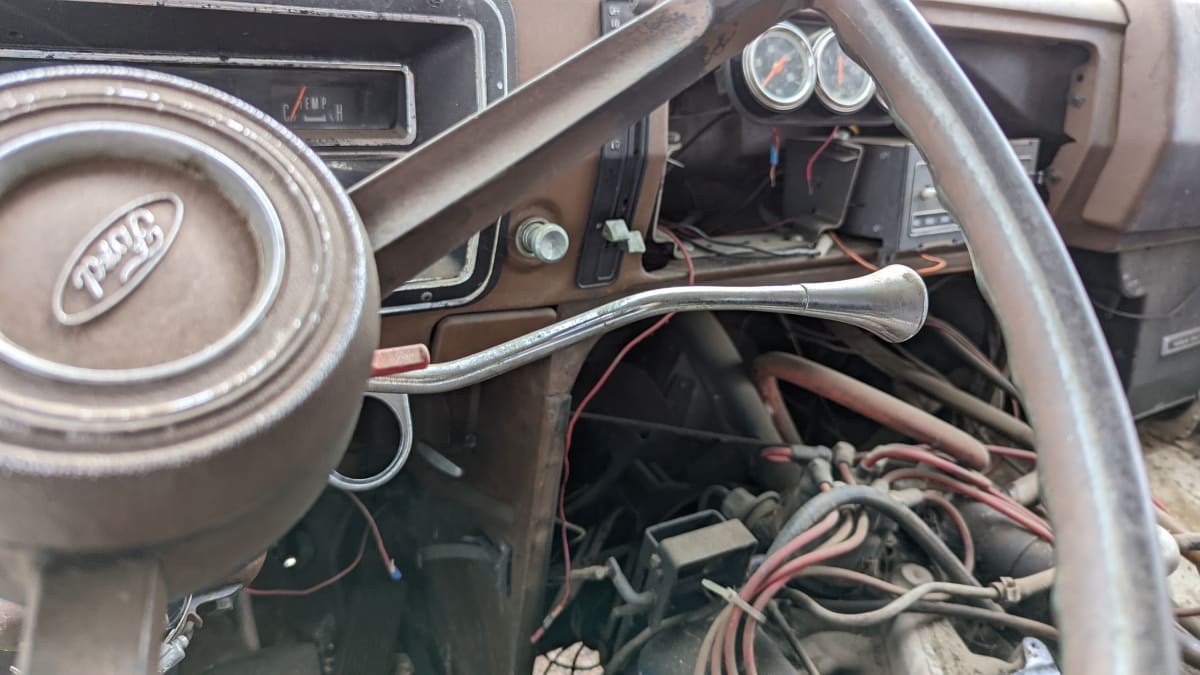
This van worked as well as functioned and then worked some extra. How many junkyard chauffeur’s seats have been swapped in during its life? Possibly it obtained a brand-new seat each time it obtained a new engine.
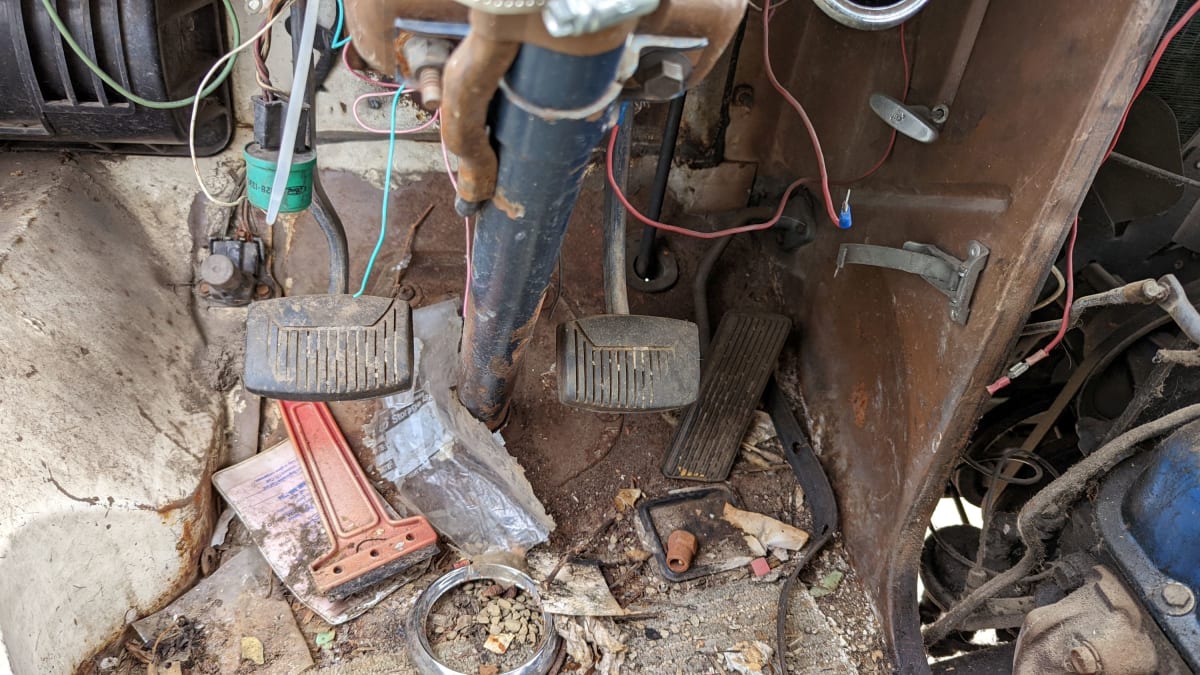
At some point several years earlier, it obtained fiberglass insulation as well as some timber paneling. There was an RV-style skylight, yet a junkyard buyer got it. There’s some corrosion, as you would certainly anticipate. The driver’s door was knocked a lot of times that the striker post ultimately removed and needed to be fixed with some not-so-pretty welding. How numerous miles? The odometer has
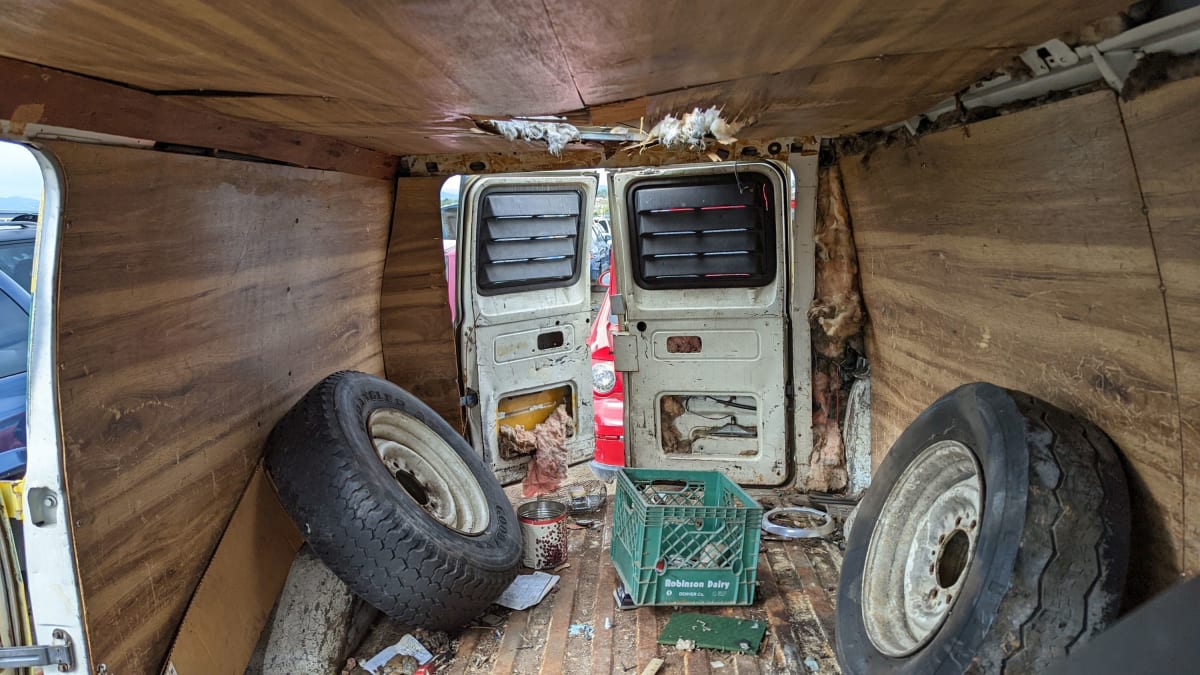
5 digits and isn’t much assistance, so I’m mosting likely to guess a half-million.
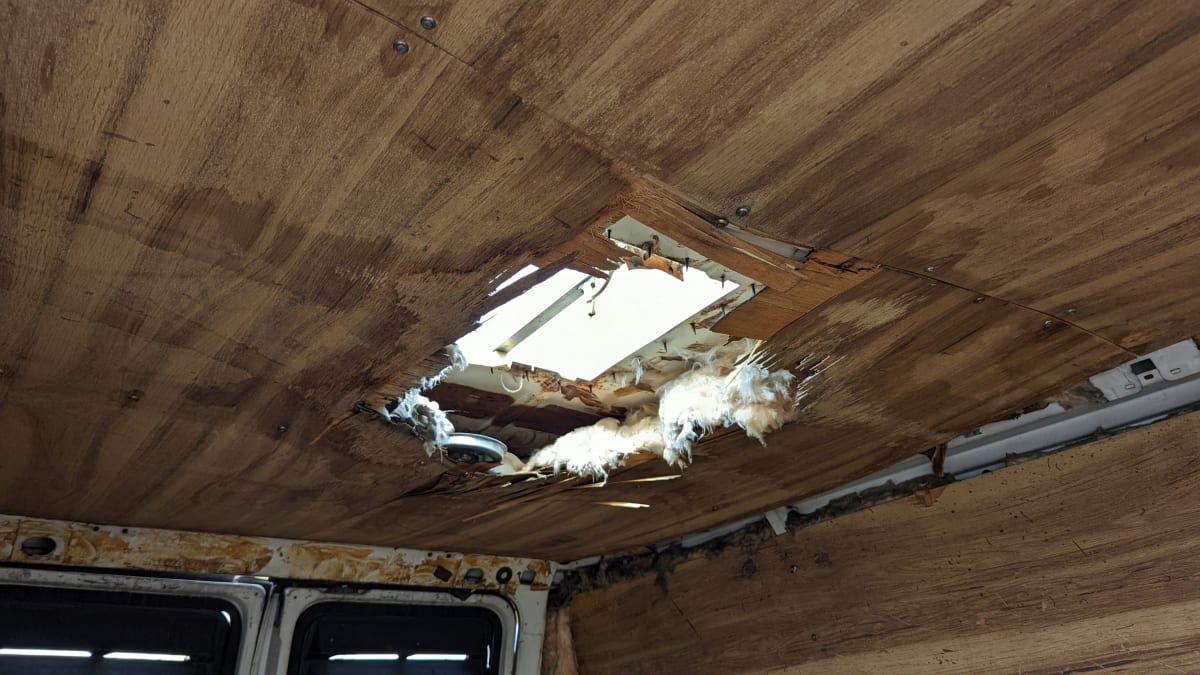
The body has actually been painted, covered, painted, dented, painted, reshaped, painted, expanded
with body filler, and afterwards painted some much more. There should be 150 pounds of paint on this van. You can eliminate a random section as well as hang it on the wall surface, for a lovely masterpiece(I was tempted yet my garage is lacking wall surface space). You understand a van has tales to tell when you see a vintage Gold Prospectors Association of America sticker label on its bumper. Yes, some remarkable points have actually been hauled within. Eventually, it wound up being parked for long enough to have creeping plants grow up into the grille. A 51-year-old two-wheel-drive van with a hand-operated transmission isn’t worth much as a job automobile these days, and also the body is too rough for a custom-van lover to trouble with it. Next quit: the crusher. Even more payload than any type of economic climate van. Chrysler and GM complied with Ford’s lead in moving van engines forward, but not until the 1970s. Look, you can check the oil without entering into the passenger sea!
For GREAT deals on a new or used Chevrolet check out Tom Gibbs Chevrolet TODAY!
